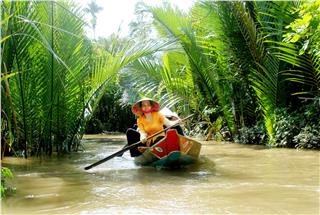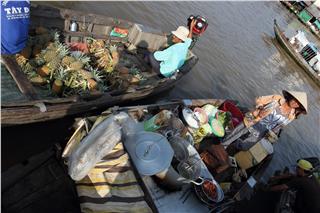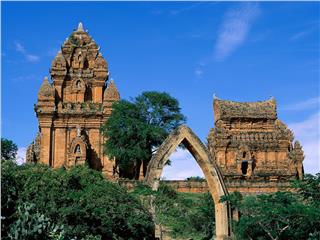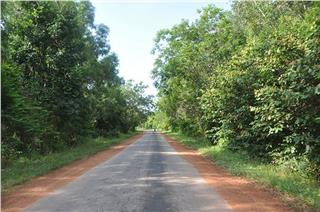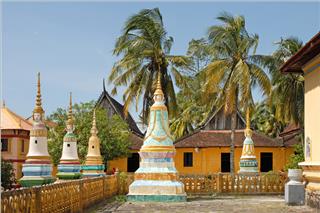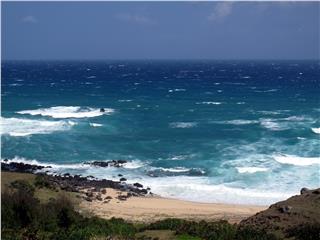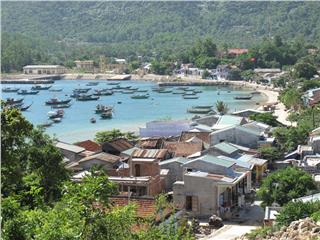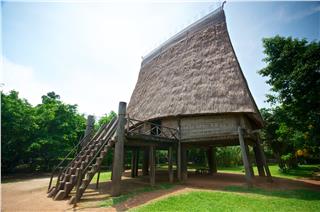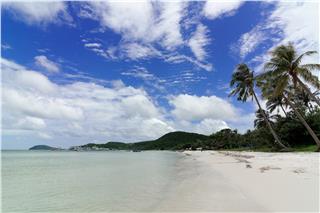Explore Vinh Long through rivers
Fri, 17 Oct 2014 . Last updated Thu, 25 Jun 2015 08:53
-
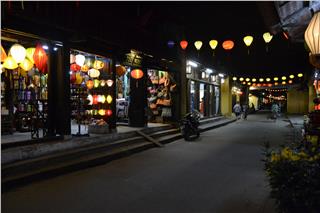 Hoi An travel to New Moon Festival 7231 viewed
Hoi An travel to New Moon Festival 7231 viewed -
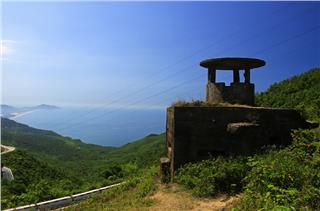 Vietnam War bunker near Da Nang 6705 viewed
Vietnam War bunker near Da Nang 6705 viewed -
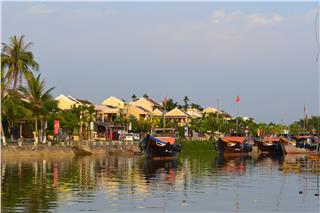 Ancientness of Hoi An ancient town 6618 viewed
Ancientness of Hoi An ancient town 6618 viewed -
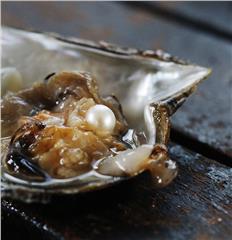 Discovering pearl in Phu Quoc Island 6123 viewed
Discovering pearl in Phu Quoc Island 6123 viewed -
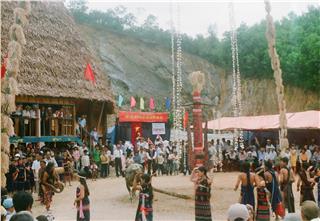 Discovering the Co Tu village in Quang Nam 5980 viewed
Discovering the Co Tu village in Quang Nam 5980 viewed -
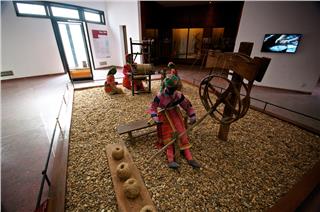 Cultural identity of ethnic groups in Vietnam Museum of Ethnology 5941 viewed
Cultural identity of ethnic groups in Vietnam Museum of Ethnology 5941 viewed -
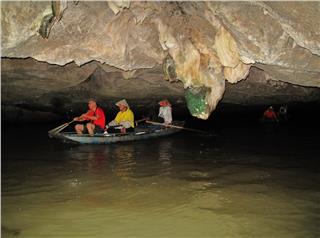 Visit Trang An complex in Ninh Binh 5844 viewed
Visit Trang An complex in Ninh Binh 5844 viewed -
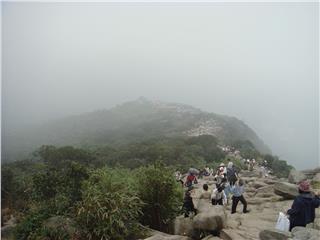 Yen Tu Pagoda and records of Vietnam 5813 viewed
Yen Tu Pagoda and records of Vietnam 5813 viewed -
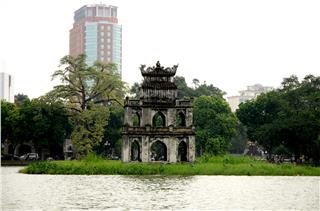 Hanoi Vietnam to Hoan Kiem Lake 5684 viewed
Hanoi Vietnam to Hoan Kiem Lake 5684 viewed
From My Thuan Bridge, Co Chien River looks like a splendid soft silk strip running through green, luxuriant islands. This pure river brings silt to Vinh Long and makes this land a luxuriant place which attracts tourists.
Located between two major rivers, i.e. Tien River and Hau River, Vinh Long is like the epitome of the Mekong Delta. Like many other localities in southern Vietnam, Vinh Long has a crisscross canal system. Therefore, for generations, boats have been the primary means in this place. And the sampan is the unique feature of this place. Living in the waters, all families even poorest have a sampan. They travel by sampan even from their house to the garden. They visit each other by sampan. People call the sampan legs of the people in the southern waters.
It is easy to see sampans making their way through rows of nipa palms to reach gardens in Vinh Long. The two major rivers bring silt to Vinh Long to create a fertile land. An Binh islet has fragrant pomelo flowers and sweet longan. Visitors will never forget islets of Tien Giang. Vinh Long people for centuries have always been proud of the fruits of their homeland like grapefruit, longan, durian and rambutan. This land receives silt from rivers to form luxuriant vegetation. Visitors will never forget fragrant pomelo flowers and sweet longan. Taking advantage of valuable resources, hard-working local people create new, tasty specialties.
During this journey, we have a chance to visit a famous garden of Tam Ho and his family in Binh Thuan 1 village, Hoa Ninh Commune. The first impression on visitors like us is a luxuriant garden of durian, rambutan, coconut, Lo Ren milk apple and green grapefruit. All of these specialty fruits are successful created in this nursery. His painstaking effort not only enriches his family but also brings more income to local fruit growers.
Vinh Long fruits attract not only boat owners and traders but also tourists, especially foreign visitors. Every day, Tam Ho’s nursery receives hundreds of tourists. Many visitors who are from developed economies and only familiar with cars, buildings and modern machines are now immersed in the peaceful atmosphere and enjoy sweet fruits. Normal things turn out to be extremely exotic in the eyes of foreign visitors who are from noisy industrial countries.
About 30 kilometers away from My Thuan Bridge, where the Co Chien River diverges from the Tien River, toward the Mang Thit River, there is a village called kingdom of red pottery. More than a century ago, Vinh Long people utilized clay on Co Chien riverbank to form the largest tile brick village in the Mekong River Delta. In the 1980s, people turned to making pottery for popular use and artistic ceramics. Particular, only plain Co Chien ceramics have red glow with white mold color.
This is the unique beauty of Co Chien ceramics. It might be the reason for the name red pottery kingdom. Co Chien ceramics products aren’t shaped by hand as normal but are cast in molds. To cast a complete product, potters have to go through several basic steps as follows. The first make the mold from gypsum, then press pieces of clay upon the mold. Each piece of products is cast in a specific mold and then all pieces are assembled into a finished product.
Next, the product is polished with moistened sponge. The finished product is baked for 7 days. In the first four days, the firing temperature ranges from 100-200 degrees C. The temperature is increased gradually on the fifth day and the sixth day. On the last day, the temperature is pushed to 900 degree Celsius. After that, workers will stop burning, seal the kiln with clay and wait until it cools downs to open.
Currently, apart from necessary products like jars and pots, Co Chien businesses also produce many artistic ceramic products like paintings, statues, reliefs, flowers pots and flower vases. Co Chien artistic ceramic products are expensive, a few million to a few dozens of million dong but are very popular thanks to the exquisite beauty and unique red color. In Vinh Long, there is not only an ancient pottery craft village, but also luxuriant fruit gardens and magnificent ancient architectural works. Among the famous ancient civil architectural works in the Mekong Delta, the ancient house of Cai Cuong, Binh Hoa Commune, Long Ho District, is a must-visit tourist destination.
Located by the Cai Muoi Canal, the house, which was built in 1885, is very well preserved. The unique feature of the house lies in a nice blend of the Oriental and Occidental interior and exterior architecture. This is a design style of combined French and Vietnamese architecture, in which the interior is harmonious with the Oriental traditional art and culture, while the exterior is harmonious with Occidental architecture. The most splendid feature of the interior of the house is a set of wooden partitions engraved with images of dragons, phoenix, birds and trees and all are done in red lacquer trimmed with gold, giving a magnificent look to the house. It took craftsmen much time to complete this architectural work with high artistic and historical values.
Besides, visiting the house, tourists will have a chance to enjoy “Don ca tai tu” (music of amateurs) which is one of the special cultural features of the South. Coming to Vinh Long, in addition to visiting fruit gardens and enjoying fresh fruits, tourists can register for homestay to experience life of local people. In Binh Hoa Phuoc Commune, there are some homestay places like gardens of Ba Hung, Mai Quoc Nam, Mai Huong and Ut Trinh motel.
Although these places are not well equipped, tourists feel as if they were visiting relatives. So, this kind of service attracts much interest of tourists, especially foreign ones. Some tourists also spend a night here after 1 day of sightseeing. This house which is typical of the Mekong Delta, gives tourists a very comfortable and relaxed feeling. Furniture is made of wood and arranged in the old style. In this cool and quiet place, you’ll feel relaxed and peaceful. Moreover, tourists can enjoy smooth melodies of “Don ca tai tu” (music of amateurs).
Registering for homestay service, you’ll be treated relatives of the hosts. Although hosts and guest cannot understand each other’s language, they feel close to each other. At the homestay place offered by Ut Trinh and her family, you will have a chance to learn how to make Vietnamese dishes, like spring rolls. Although this is the first time these tourists have tried making spring rolls, they seem to be familiar with the job of wrapping spring rolls and preparing the vegetables. They find it really interesting to try making this tasty local dish.
Nice and hospitable people in Vinh Long are doing very well the job of introducing this land to international friends. And those who visit this land once will never forget the local rustic people and special dishes.
Source: VTC10 - NETVIET

